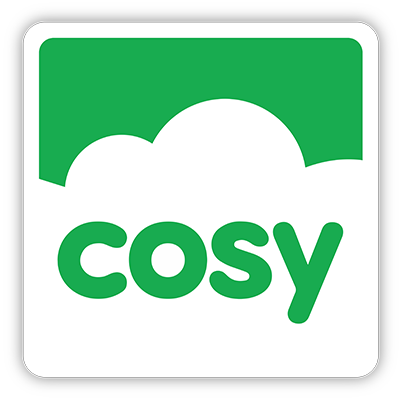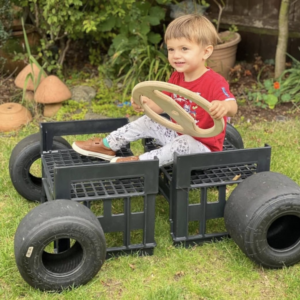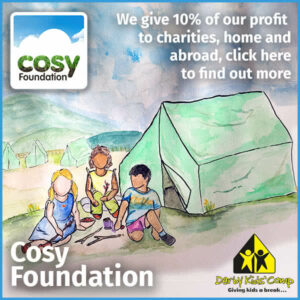Think Don't Throw: Doing Your Best this Earth Day
At Cosy we love all things sustainability and eco-friendly. In fact it’s one of our core values - and one we know is shared across many settings and practitioners in the EYFS. We love nothing more than focusing on sustainable materials, and we know you do too.
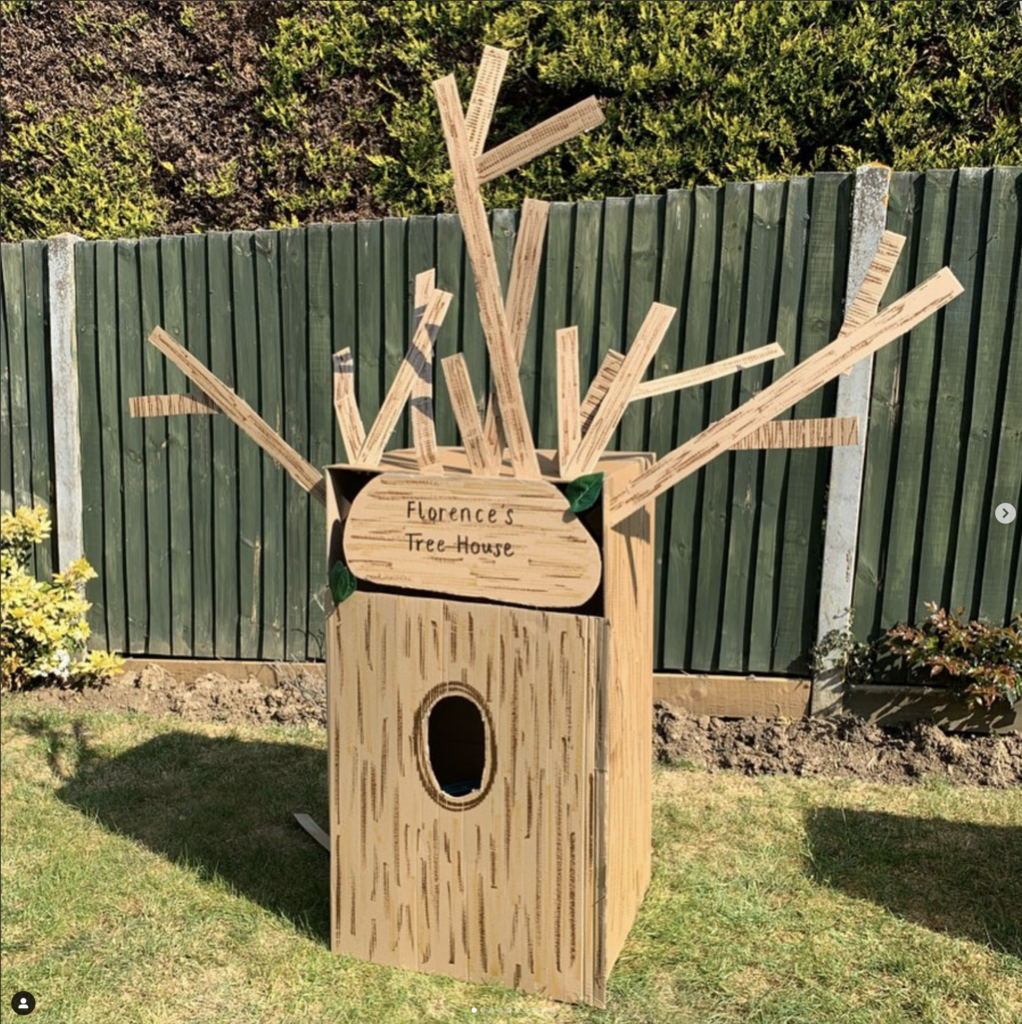
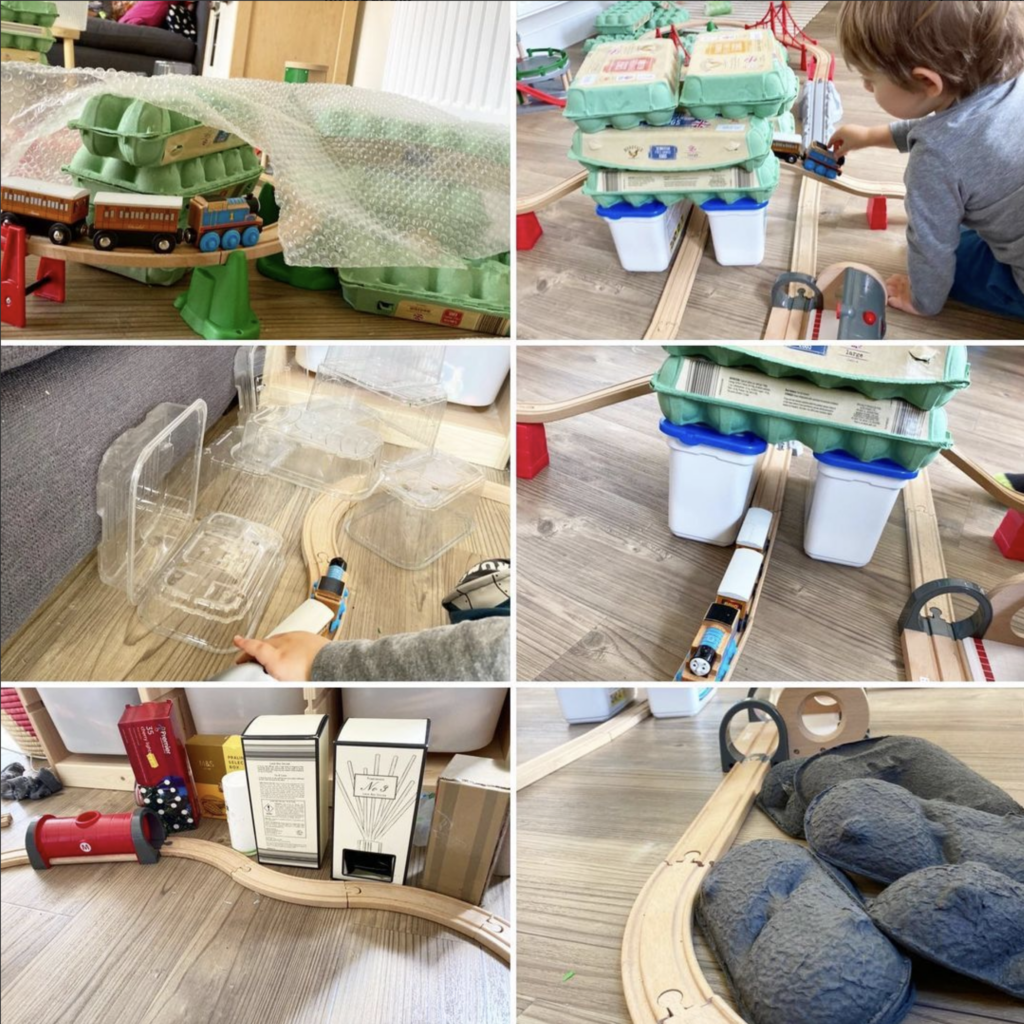
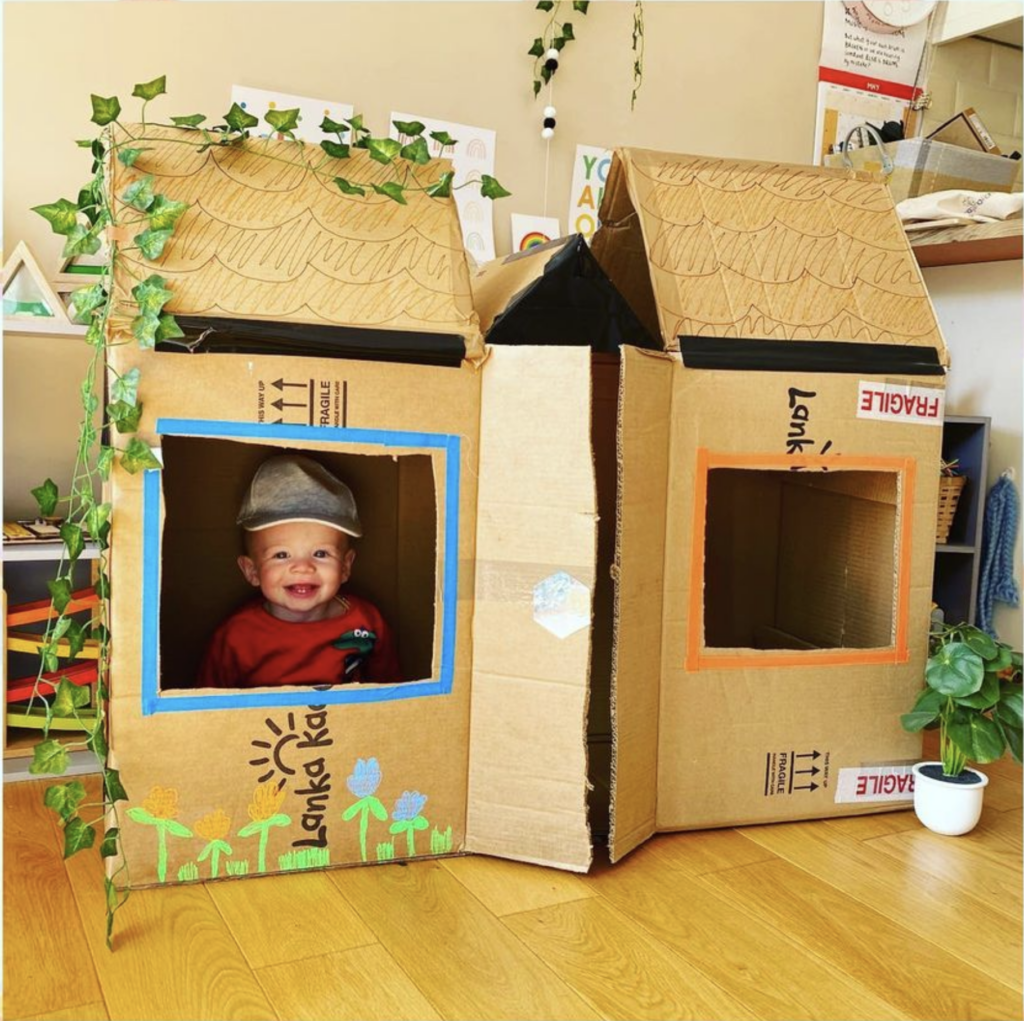
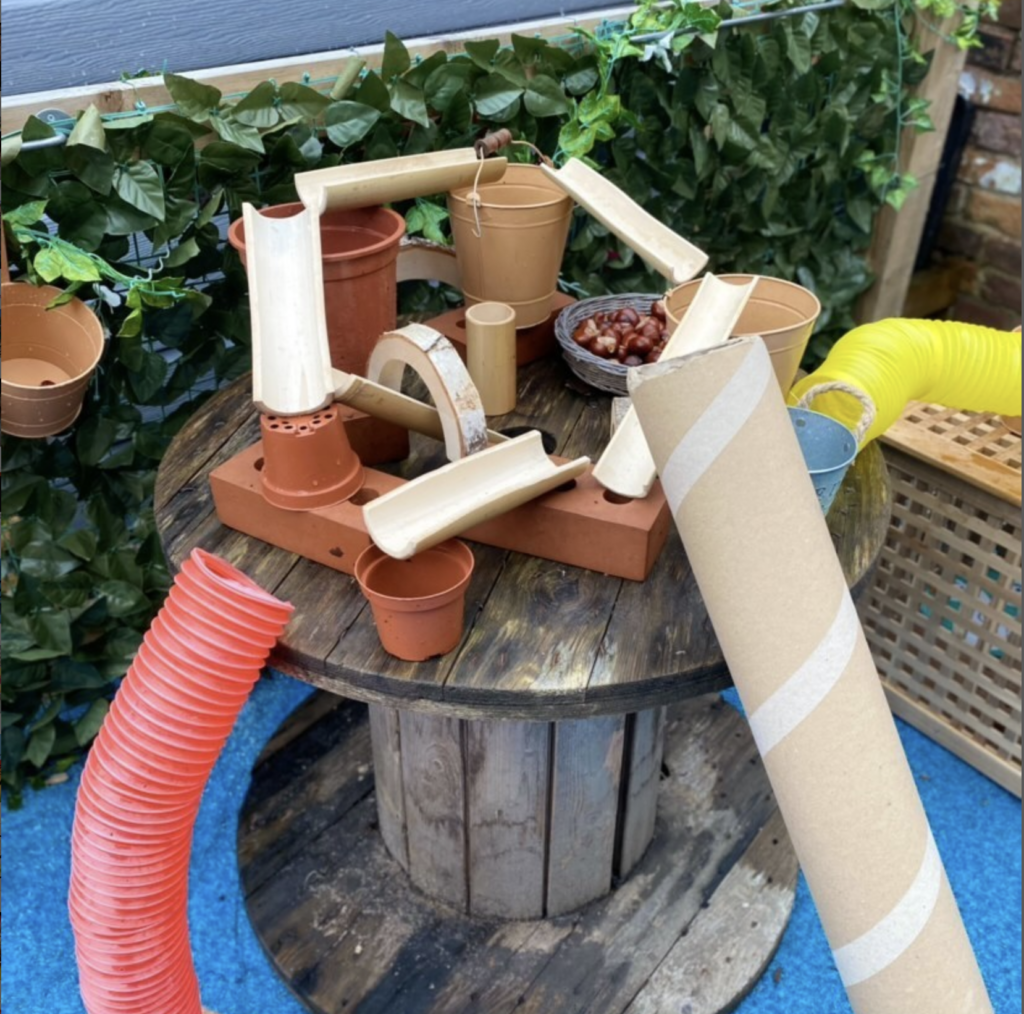
This Earth Day we want to champion using sustainable resources, as we always do - but we also want to be realistic. Sometimes using less sustainable materials like plastic is unavoidable, especially when a hardy, easy to clean material is needed in your setting. Plastic toys and resources are often budget friendly, too. That’s why we’re talking about doing your best, rather than perfection, this Earth Day.
Many folk fear that plastic toys and resources are unsustainable, and bad for the environment. We’re big on pondering here at Cosy, so we thought we’d talk about whether this is actually the case. Is plastic really as bad as we believe? Do we need to ditch it altogether, or does it have a place in our setting? Read on to learn more.
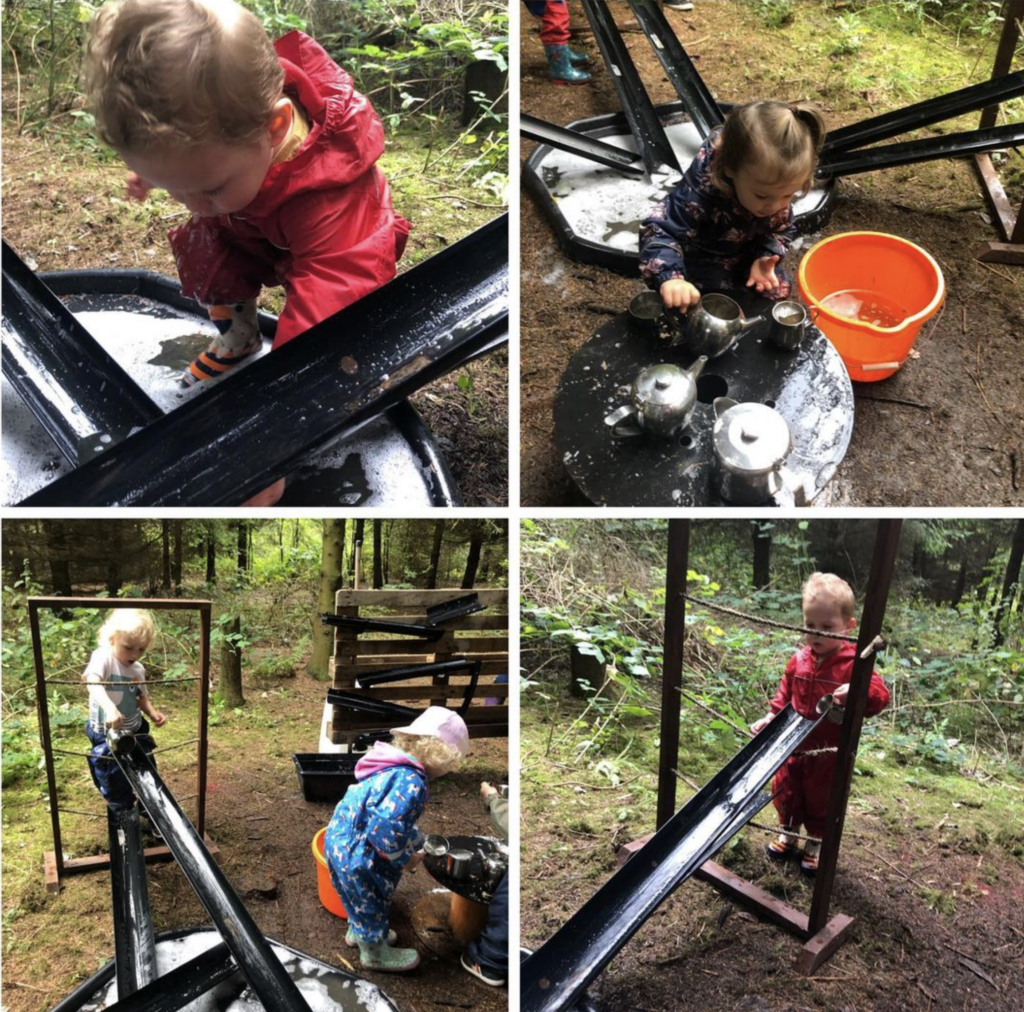
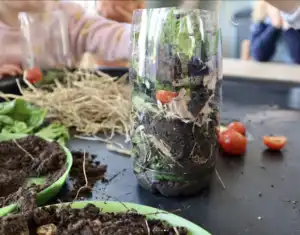

Plastic gets a bad rap: but it’s not all bad
Largely, plastics get negative attention when they are of the ‘single use’ variety: think plastic bottles, food wrappers and any plastic item that once used, immediately goes in the bin. These plastics use substantial amounts of energy in their production, and use further energy when recycled (if they can be recycled at all). We stay away from these kinds of plastics at Cosy which often dominate the toy and learning industry, as pointed out regularly by Greenpeace.
These single use plastics, however, aren’t actually the main form you will see in a nursery or education setting. Plastic items like tuff spots, toys, dining materials, and learning resources are usually very hardy, and are used by cohort after cohort, often unavoidably. We know that ‘virgin’ plastic remains less sustainable than recycled versions, though - so what exactly can we do to limit our carbon footprint, while ensuring resources are suited for purpose and budget friendly? The key in our view is being mindful about plastic usage - ‘think, not throw’.
These single use plastics, however, aren’t actually the main form you will see in a nursery or education setting. Plastic items like tuff spots, toys, dining materials, and learning resources are usually very hardy, and are used by cohort after cohort, often unavoidably. We know that ‘virgin’ plastic remains less sustainable than recycled versions, though - so what exactly can we do to limit our carbon footprint, while ensuring resources are suited for purpose and budget friendly? The key in our view is being mindful about plastic usage - ‘think, not throw’.
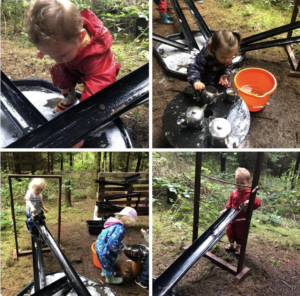
Be Mindful
Plastic use is often inevitable, so what can we do to limit its harm to the environment?
We believe in avoiding throwing items away as much as possible in order to limit our carbon footprint. Here are our top tips to incorporate this into your setting, with a three pronged approach.
Avoid new! Use toy libraries, charity shops, and secondhand.
With the growth of toy libraries across the country, there’s a great solution to avoiding funding the creation of new plastics. By borrowing items (which is especially suited to smaller settings like childminders) you can adjust your provision to the needs of your cohort, without buying in new plastics. For larger cohorts where borrowing isn’t really suitable, we’re all about the local charity shop. Provided you are happy that safety standards are met with the toys you purchase, buying larger plastic items secondhand is a great way to give back, without funding new plastic creation!
Upcycling and reusing
Have a selection of plastic resources that are simply no longer usable for their initial purpose? Take a leaf out of our books at Cosy and upcycle them! Perhaps the plastic beads aren’t working anymore for threading, but they’d make great loose parts, or look lovely in a water tray seascape. For more ideas on upcycling, we have a blog post just here for you to read.
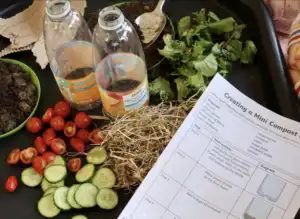
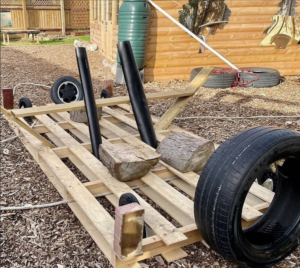


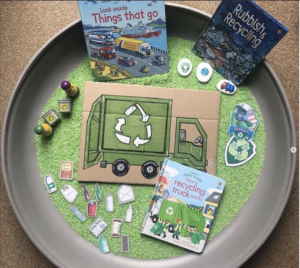
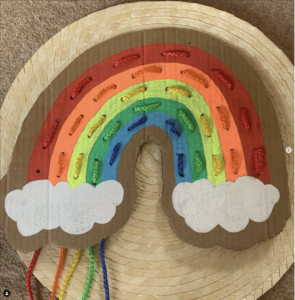
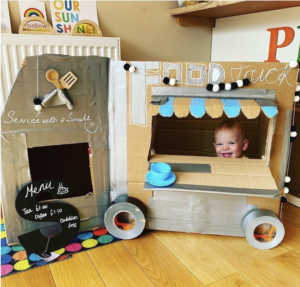
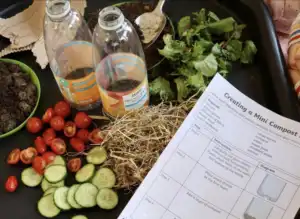
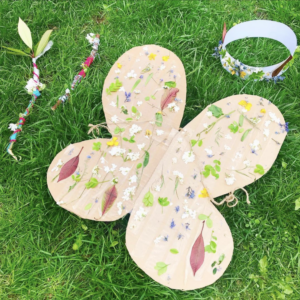
Mindful initial purchases
Finally, if making new purchases of plastic products is necessary, we encourage being really mindful in what you’re choosing to buy. If your setting budget allows it, go for recycled plastic first. This will create substantially less of a carbon footprint.
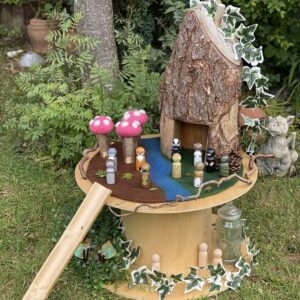
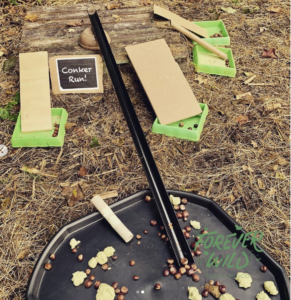

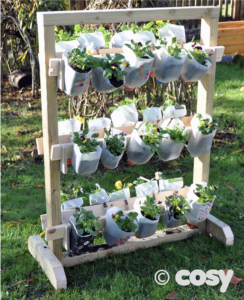
If this isn’t an option, why not get multiple cohort leads together and work out the absolute best use of that item? Here are our tips!
- Firstly, keep any learning resources as open ended as possible to ensure they will get the maximum usage with multiple cohorts and varying abilities/needs.
- Purchase very hardy items that will last many years, withstanding wear and tear.
- Keep plastic items well cared for, cleaned and stored well. This will reduce the likelihood of breakage and the need to buy more!
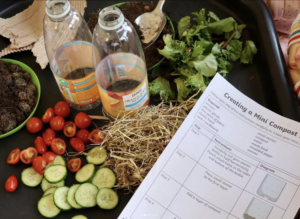



Final thoughts
Plastic will never be fantastic, but we know it’s needed sometimes. Let’s work hard, then, to ensure we limit its use and look after it when we do have to buy it! Remember, our efforts support the future of the little ones in our care. We hope our ideas have helped you on your way to reducing your footprint! Happy Earth Day!
Check out our full range of upcycled and eco resources here.
Don’t forget to share your ideas with us on our social media channels: #CosyDirect #CosyClubIdeas #CosyRecycling #CosyUpcycling
Facebook:https://www.facebook.com/cosydirect/
Twitter:https://twitter.com/cosydirect
Instagram:https://www.instagram.com/cosydirect/
With thanks to The Cosy Creatives and Cosy Club Members for this blog post and images.
